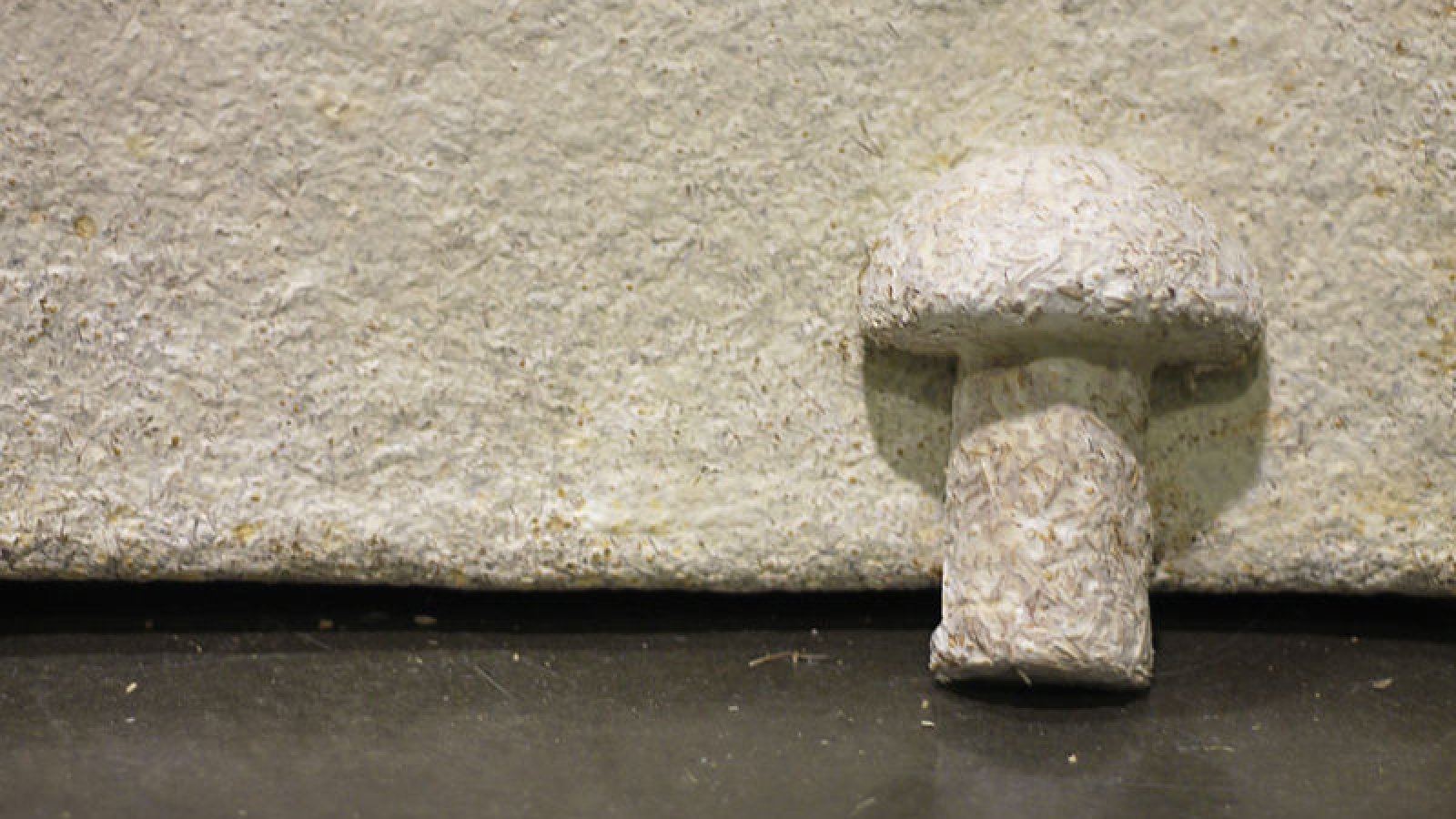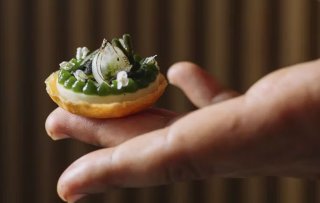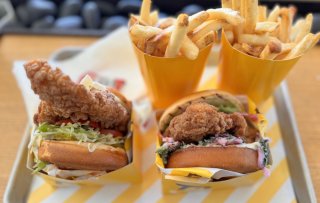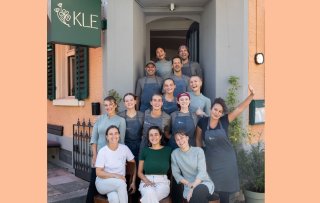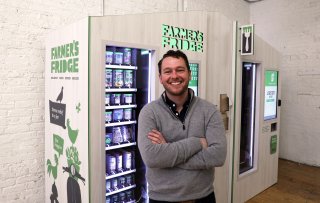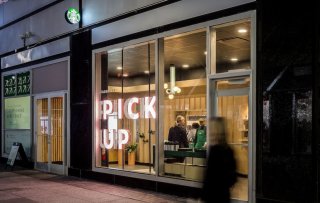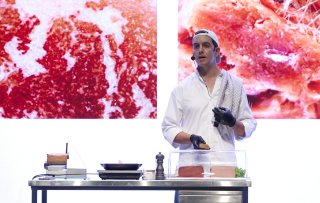Smart and innovative packaging for safer and better food. Think smart packaging that changes color when food gets contaminated and cling film made of shrimps and silk.
Much of the food waste occurs at all stages of the food chain, but mostly before even reaching the refrigerators of consumers.
There is no global-wide available data, but surely this broken system is resulting in profit loss and unnecessary waste of resources for all food professionals. With the current rising demand for sustainable options and food security, big food corporations like Nestlé and DANONE are starting to look into alternative packaging made of biodegradable, non-toxic materials.
Food for packaging
The idea is to create a product that is sustainable and useful throughout the food chain. Some companies have already started pilot projects on how to convert food like mushrooms, kelp, milk and tomato peels into palatable replacements for plastic and coatings. There are Ecovative mushroom-based packaging; The United States Department of Agriculture’s packaging made out of milk protein; Biocopac Plus’s BPA replacement lining made with polymers found in tomato peels; Wyss Institute's Shrilk cling wrap made from shrimp and lobster’s shells and silk fibers; and Skipping Rocks Lab’s seaweed packaging and “a-la-minute” containers.
Interactive packaging
The packaging pioneers are not stopping here. The company Braskem presented at Interpack 2017 an innovative sustainable packaging able to detect PH changes in the food and change color when the food is contaminated. With about one in six Americans getting sick by eating spoiled food and beverages, this new discovery could help not only reducing food waste but also avoiding episodes of consumer food poisoning. This new kind of packaging could also bring great benefit to restaurateurs, helping them reducing premature food spoilage and keeping track of food quality.
Best by, sell by
Food labels are also worth mentioning, given the affordability and simplicity to change them: in the U.S. alone, one billion pounds of food is wasted each year due to misleading and confusing labels. Industry’s professionals and governmental agencies should come together to unify and define a set of food labels, giving consumers the opportunity to make better and informed choices. The Grocery Manufacturers Association and the Food Marketing Institute are now asking companies to use only two labels: “Best if used by” for the great majority of foods, and “Use by” for products like fish that become dangerous as they age.
Make the unaffordable affordable
The world is slowly but surely shifting to more holistic operations; however, there is still quite some work to do to make these new products price-competitive and accessible to any company in the food system.
Want to know more about anti food waste initiatives? Read the Food Inspiration magazine ‘No Waste’. Never miss out on food trends and inspiration, subscribe to the free digital magazine here.
.png-28x28.png) Written by
Written by 